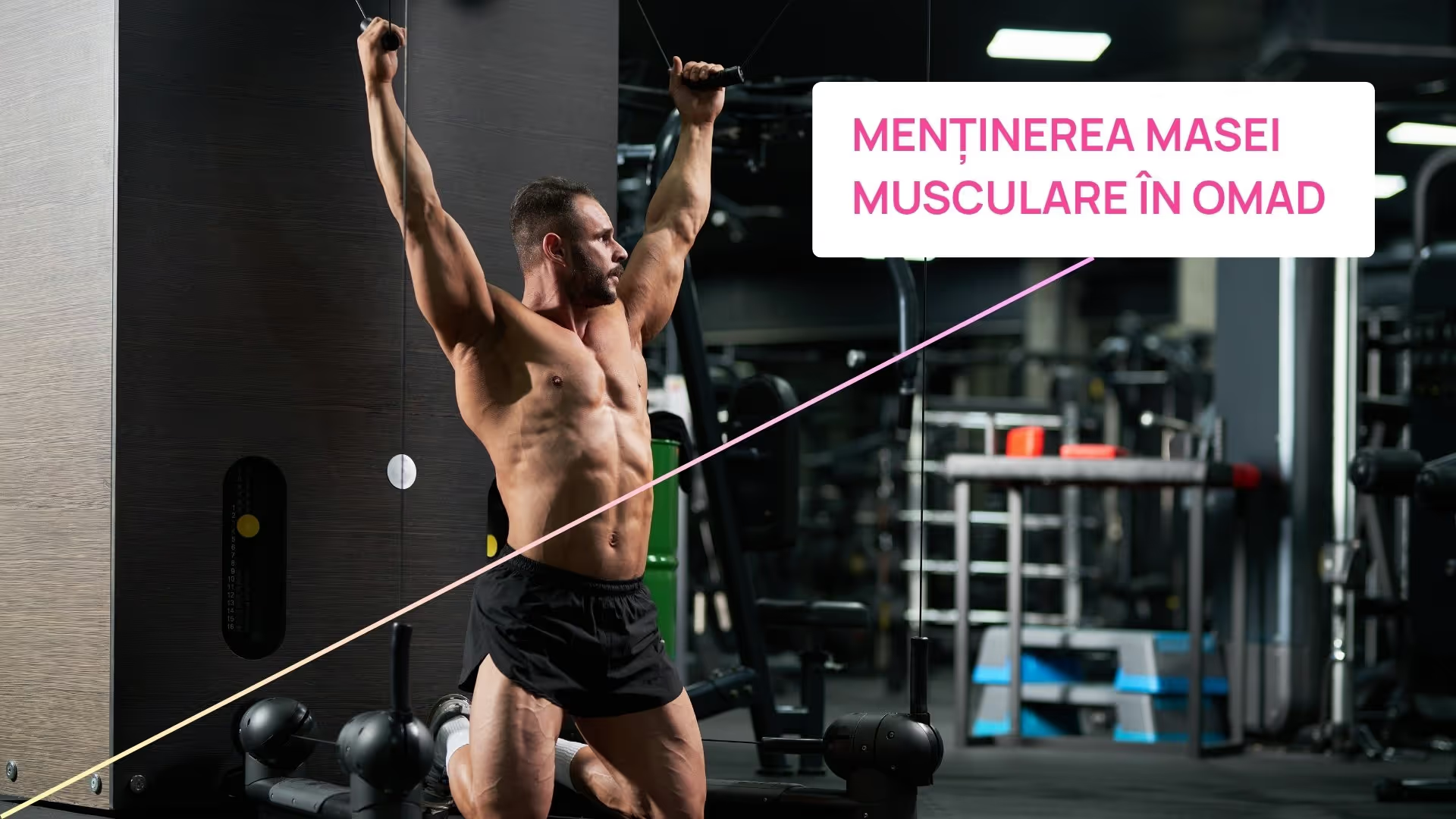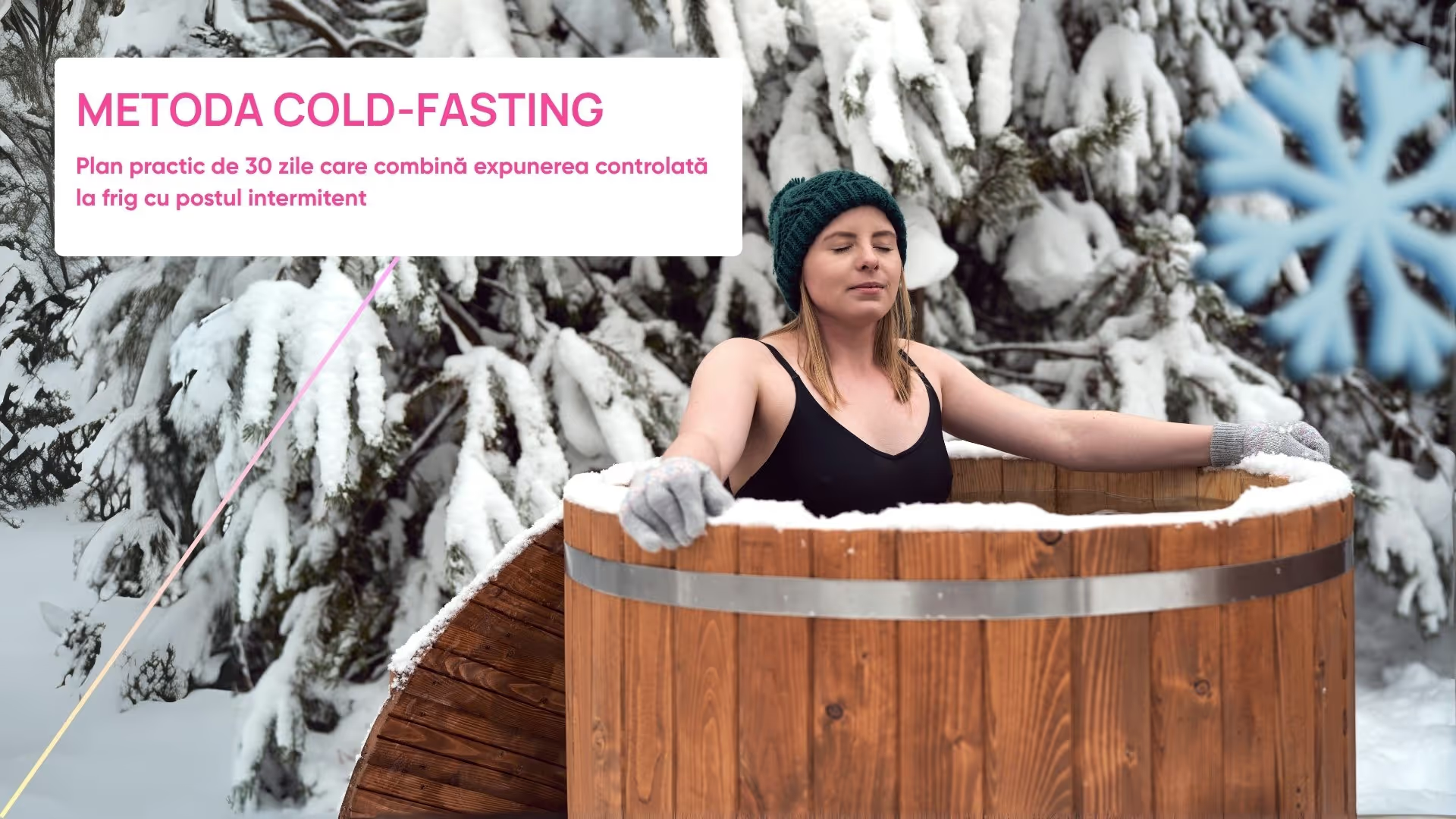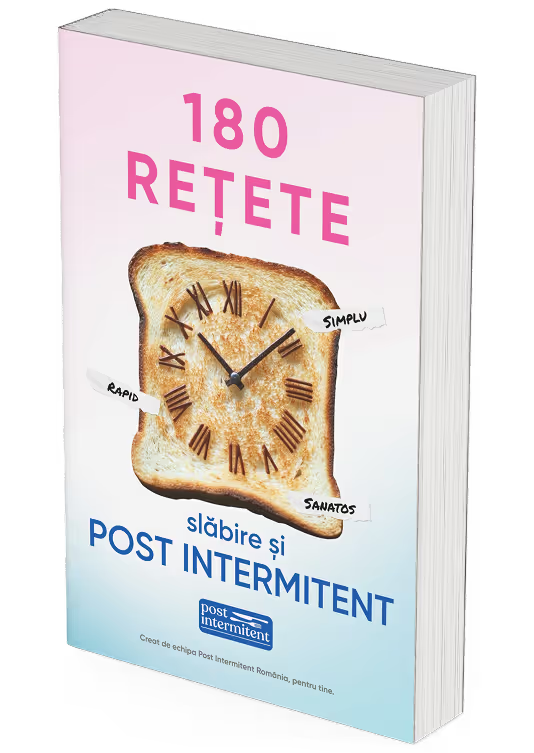Intermittent fasting brings you energy, mental clarity, and appetite control—but if you combine it with the right exercise, the effects can be spectacular.
Not all types of workouts are suitable for fasting periods. We present you 5 exercises or types of movement that fit perfectly with intermittent fasting, whether you are a beginner or have already been practicing for some time.
1. Walking briskly — the magical exercise that is often ignored
- 🔥 Stimulates fat burning without increasing cortisol
- 💧 Does not require prior food and supports digestion
- 🧠 Reduces sweet cravings and improves mood
A brisk walk for 30—45 minutes in the early morning (fasting) is a great way to start stress-free fat burning for the body. You can do it in the park, around the block or even on the strip.
Ideal for: beginners, people with demanding jobs, anyone who wants “effortless training”
2. Strength training with body weight (bodyweight training)
- 🏋️ ♂️ Stimulate muscles without machines or gym
- ⚖️ Keeps your muscle mass during weight loss
- ⏱️ Can be short (15—20 min) and effective
Squats, push-ups, pushups, plank— all can be integrated into a simple home circuit. If you train in fasting, do them at medium intensity and avoid complete exhaustion.
Ideal for: those who want to tone their body without eating before
3. Stretching and mobility — the invisible training that changes your life
- 🧘 ♂️ Activates the parasympathetic nervous system (anti-stress)
- 💤 Supports sleep and recovery
- Reduces muscle inflammation and pain
A relaxed and mobile body will better withstand any challenge— be it an 18-hour post or a stressful day of work. Light stretching, yoga or joint mobility movements can be done at any time during fasting, without requiring energy from food.
Ideal for: fasting days, slow mornings or evenings before bed
4. Short HIIT (High-Intensity Interval Training) Workouts
- 🚀 Burn a lot of calories in a short time
- 💪 Improve cardiovascular and metabolic capacity
- ⚠️ Requires a good base of adaptation to the post
Examples: 20 seconds sprint + 40 seconds break (8—10 rounds), burpees, jumping jacks, mountain climbers. If you're doing HIIT in fasting, make sure you're fit and don't have episodes of extreme dizziness or fatigue.
Ideal for: advanced practitioners or those who have already been doing 16/8 for a few weeks
5. Weight Training — For Those Who Don't Want to Lose Gained Muscle
- 🏋️ Increases or maintains muscle mass
- 🛠️ Activates anabolic hormones (testosterone, GH)
- 🍽️ Recommended in the food window (post-workout meal)
If you go to the gym and want clear results, we recommend doing the workout at the end of the fast(e.g. 11:30 — 12:00) and then have the main meal immediately. Thus, you maximize protein synthesis and recover efficiently.
Ideal for: athletes, bodybuilders, people who want muscle mass + definition
Quick recommendations:
✅ Drink water with natural salt before training (if fasting)
✅ Don't force the intensity if you're at the beginning — your body gradually learns
✅ Listen to body signals: fatigue ≠ weakness
Conclusion
The movement is not only compatible with intermittent fasting — it is a trusted ally. The important thing is to choose the type of exercise that fits your energy level, goals, and time of day.
With a little planning, you can achieve excellent results: weight loss, muscle tone, mental balance and zero frustrations.
Running after pretzels is HIIT only if you don't catch them! 😄 We're joking — stay on your route, not the pastry shop's.
In the morning or just before the first meal, depending on how you feel. The important thing is to have proper energy and hydration.
Yes. When you have no recent calorie intake, your body uses stored fat more efficiently as an energy source. But the intensity and duration of the exercise also matters.









.svg.avif)














.avif)


















.svg)
